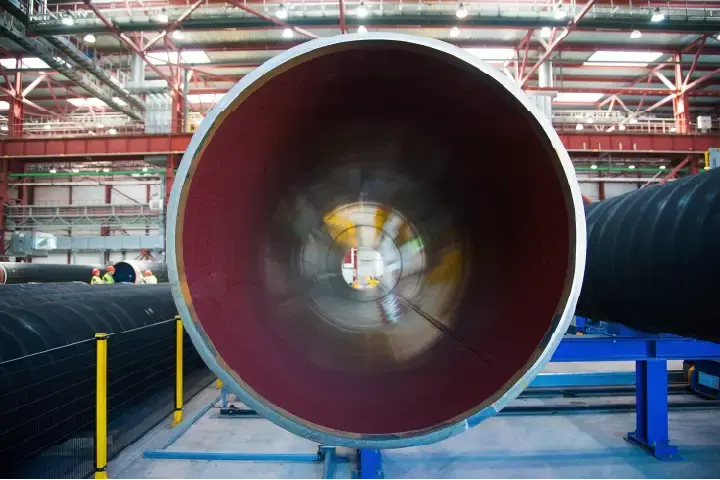.png)
The Scope
An international operator asked us to perform a detailed span assessment for a major pipeline system. The scope included updating existing span anomaly criteria to the latest DNV code, using the most recent environmental data available, and recommending the maximum allowable span lengths.
The Solution
Our team conducted analyses to determine the:
- Maximum allowable span lengths for each pipeline in accordance with DNV-RP-F105 considering fatigue damage due to vortex-induced vibration (VIV)
- Fatigue lives for in-line and cross-flow vibration
- Propensity of the span to buckle
- Operating temperature profile for each pipeline
A model of a span was created in Abaqus, including pipeline coatings and marine growth. A detailed fatigue assessment was undertaken for a range of span lengths allowing for limitations on the validity or natural frequency and stress amplitude estimation equations in DNV-RP-F105 to be avoided and conservatism to be reduced.
The Benefits
We confirmed the maximum allowable span length for each pipeline in the system and recommended that if a span was identified that was greater than the length specified, further detailed fatigue analysis should be performed.
From our assessment, we were able to conclude that a change in the fluid flow from the current flow conditions to any of the proposed combinations would not compromise the integrity of the pipeline. This information enabled our client to progress to the next stage of the project lifecycle, after sanction of the proposed changes was obtained.


.png)
.png)

